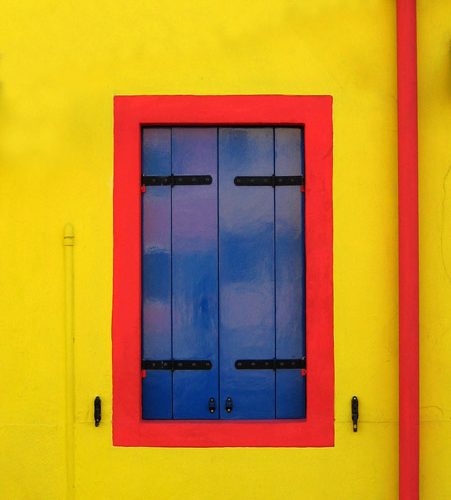 Text by Heather Armstrong
Text by Heather Armstrong
Deciding whether or not to put new windows in an older home isn’t an easy decision.
Unless a window has recently fallen victim to an errantly thrown baseball, chances are you can see out the windows you have just fine.
Energy efficiency and style concerns could be addressed more cheaply and effectively by spending money on weather-stripping, storm windows and paint.
However, if the wind is whistling through only one or two panes, the frames are rotting, the frames are painted with lead paint, and the old storm windows are becoming too cumbersome and unsightly to put on every fall, it may be time to do some “window shopping”.
Because of our cold climate, there is a myriad of energy efficient made-in Manitoba window options and deciding which company to go with can be a confusing process. Most companies have showrooms you can visit with books listing all the styles available for you. It is also often possible to tour the local window factories.
Your local, trusted contractor is a good source for window advice as he’s likely priced out the different features and styles available for his latest building project. He may even have extra windows on hand at a discounted price if clients changed their minds about color choices or styles at the last minute. If you choose to have the window installed by the company you are buying the window from or their contractors- ask for references beforehand. Ask people you know who have recently replaced their windows and ask them how happy they were with the service and the subsequent performance of the windows.
In addition to considering cost and energy efficiency features, it is crucial to consider the style of your home when choosing new windows. Although floor to ceiling windows may be all the rage in newer homes, consider whether the effect will look right on your Victorian or 40s style home.
There are several types of window frames. The most popular types are PVC or vinyl, wood, aluminum and more recently, fiberglass composite frames. Most new homes are built with white PVC or vinyl clad windows. Although suitable for newer homes, older homes trimmed in brown or colors other than white may not look “right” with the addition of modern, white trimmed windows. Be prepared to budget extra, sometimes upwards of $200 more per window, for metal clad brown trim on the outside face of the window. The inside of the window will remain white, although some manufacturers have a wood or wood-look option. For real wood frames, (which may be the best choice for heritage homes), budget even more. The extra cost may be worth it, however, as it will be more practical than re-painting or trimming the rest of your house and add more re-sale value. Post war homes were traditionally built with aluminum clad windows, so you may want to choose the same material for any windows you replace as much wider wooden or PVC frames may look out of place with the style of the home.
Window inserts, which can be ordered in traditional square or more modern diamond patterns, are very popular in new home constructions. So far, however, the inserts are only available in white, and in brass and pewter colors. My contractor pointed out that my request for white inserts wouldn’t look good from the outside with my brown window frames and otherwise brown trimmed house. So, I plan to opt for brass colored square inserts.
Windows can be ordered in a variety of different finishes. For example, a bathroom or door window could feature frosted or privacy glass in a variety of designs. Another finish, generally called ‘Low E’ (short for low-emissive), is barely visible but has a reflective quality which eliminates much of the ultraviolet light that can sun damage sofas, paint, and other objects inside the home. With low-E, close to the same amount of brightness comes through the window, but harmful rays are kept out. This coating may also have some of the same effect in winter by acting as an insulating layer – reflecting heat back inside the home. The addition of argon gas in between panes of glass enhances energy performance. The gas is a poor thermal conductor, so it slows the passage of heat through the glass, eliminating the need for storm windows. Triple-pane windows provide the best efficiency and are generally recommended for Northern climates. More expensive brands can also feature blinds located between the panes of glass.
Latest posts by Canadian Home Trends (see all)
- Creating the Perfect Outdoor Kitchen - April 18, 2024
- Classic Luxury Kitchen Design - April 18, 2024
- Color Journey: Spring 2024 - April 18, 2024







